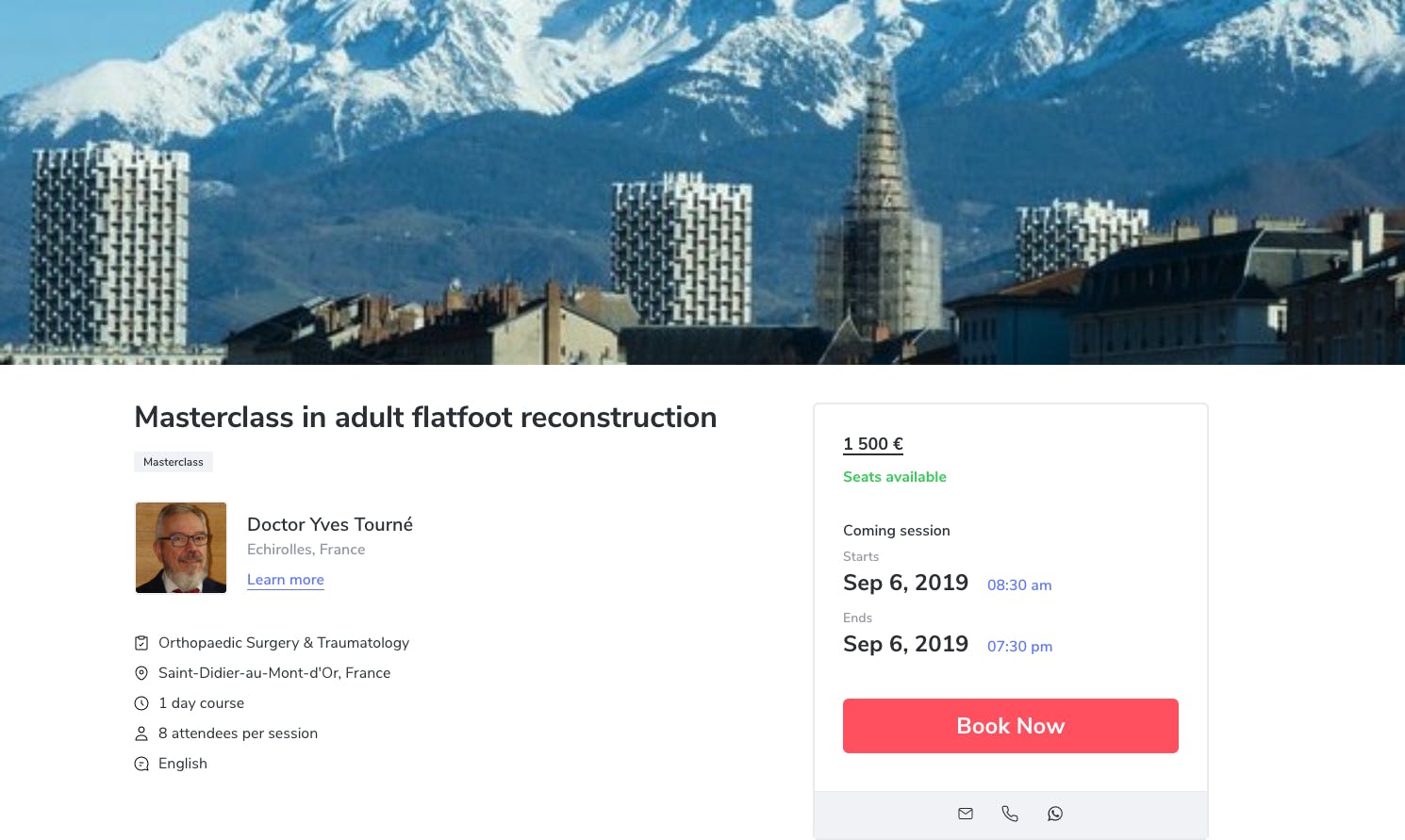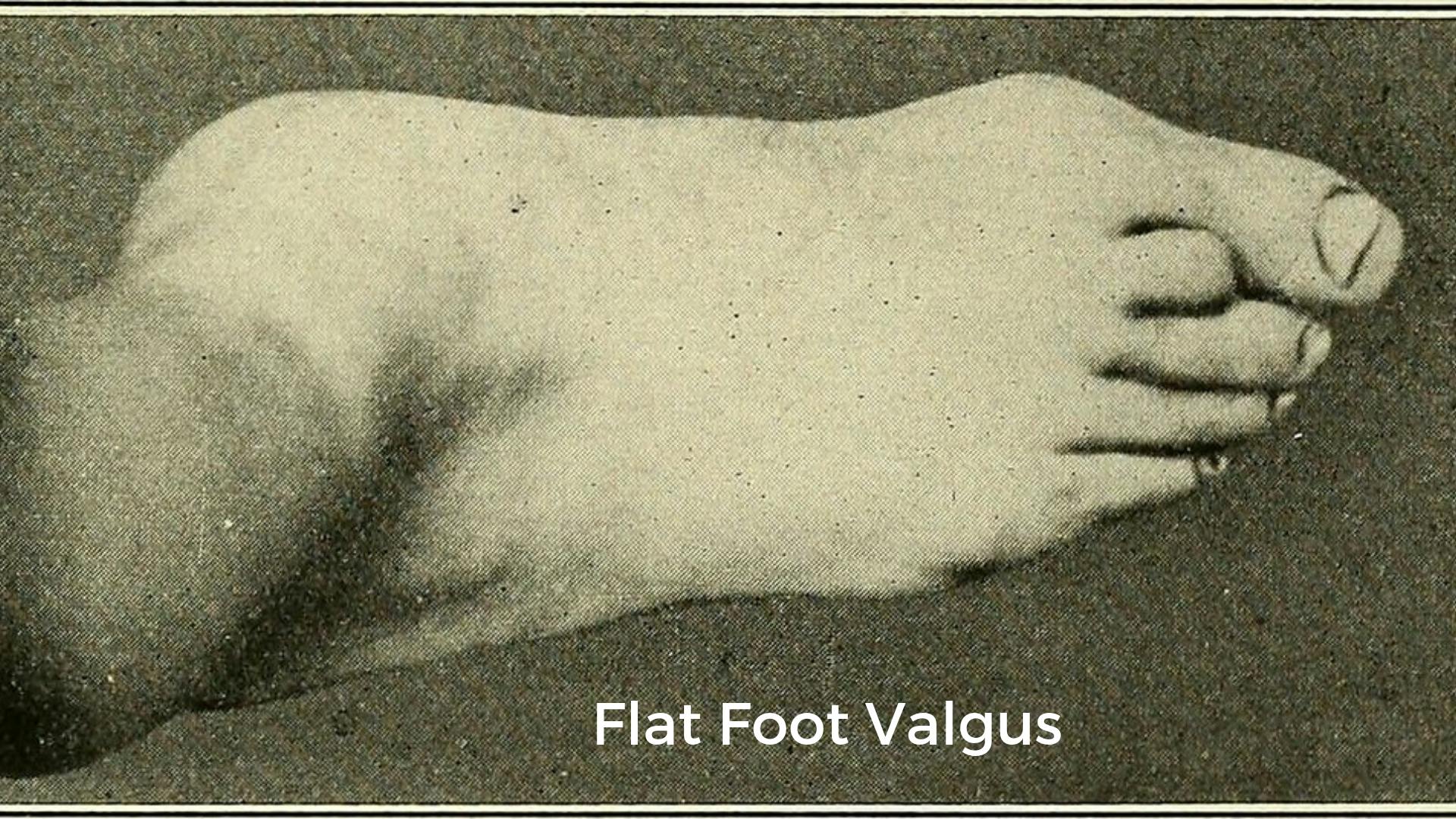Dr. Yves Tourné a specialist of foot & ankle will be holding a Masterclass in Adult Flatfoot Reconstruction on September 6th, 2019 at Arthrex France. This course will present a global surgical strategy to reconstruct a flexible pes plano valgus in adults.
INVIVOX: Does wearing sneakers increase the pathology?
Dr. Y. T.: If the shoe soles are thin and without support, then it could cause pathology; but running shoes such as one used for trail and sports in general with good support, protect the foot very well. This training deals with surgery and techniques, but the discipline "foot" is still very medical even if the specialty tends to become more and more surgical. During medical consultation, there are alternatives before reaching surgery such as wearing insoles, physiotherapy, stretching, etc.
INVIVOX: Is child and adult screening well organized?
Dr. Y. T.: In children, screening is becoming more efficient because there are services of orthopedic surgery dedicated to children. For adults, paradoxically, it is less obvious.
INVIVOX: Why did you get the idea to propose this masterclass?
Dr. Y. T.: Currently, the demand for the training of surgeons is pure practical oriented. The observation is simple. The courses are offered by the university, learned societies and laboratories, or manufacturers of osteosynthesis materials. The university offers training for young people, but it is not ideal for an installed surgeon who does not necessarily have the time to follow these weekly trainings.
"We are introducing virtual reality at the European Foot & Ankle Society (EFAS). Surgeons will soon be able to view the operation in a mask, in virtual reality, exactly like the operator's vision: a wonderful immersive tool for repeating the right gestures."
INVIVOX: Is the technical aspect complicated?
Dr. Y. T.: These techniques can, indeed, seem complicated, but when they are explained step by step, they become accessible when the indication is posed well, respecting the successive times and realizing the good technique.
INVIVOX: What are the indications and contraindications?
Dr. Y. T.: The reducible flat foot valgus of the adult that I will present in this masterclass proves that there is no osteoarthritis. If the patient suffers from a flat foot valgus, fixed so non-reducible, very painful with osteoarthritis, the surgeon will block the joints of the torsion torque. Whereas in stage 2 that I present, the patient will keep a mobility and a function close to the original function. Contraindications to this technique are stages 3 and 4, diabetic patients, arteritic with a complex medical picture that it is better not to operate, because the risk of postoperative complications is too important.
INVIVOX: What is the program of your masterclass ?
Dr. Y. T.: The guiding principle is the reducible flat foot valgus, that is to say, flexible. We speak of stage 2 when the disorder of the soft parts leads to their progressive distension with wear of the tendons and collapse of the foot. By correcting this architectural disorder while repairing these ligamentous and tendinous soft parts, we arrive at very good results without blocking major joints.
All the surgical interventions that I am going to expose are part of this reconstruction logic. The course will begin with a quick academic reminder of each surgical technique, followed by a surgical live demonstration on anatomical pieces. After which, the participants reproduce the intervention themselves and I go from table to table to accompany them. This is the real medical mentoring that will benefit the participants. The goal is to be as close as possible to reality. The course is done in an anatomy laboratory (at Arthrex for this training). We will also discuss clinical cases brought by the participants.
INVIVOX: Are you going to present several techniques? If so why ?
Dr. Y. T.: I start with the lengthening of the triceps (StrayeR technique) because the flat foot induces a retraction of the Achille’s tendon, and in this case the prerequisite to all techniques is to unlock the Achille’s retraction in order to rebuild the rest. Then I present the osteotomy of the medial translation of the calcaneus; then the reconstruction of the ligaments and more particularly the spring ligament, the transfer of the common flexor of the toes to replace the tendon of the posterior tibial, and finally the osteotomy of Cotton.
INVIVOX: Could you share one of your tips and tricks?
Dr. Y. T. : Paradoxically, I will do a course in surgical techniques but the most important remains the indication, that is to say the biomechanical understanding of the deformation and its possible variants. The clinical and paraclinical assessment must therefore be as exhaustive as possible. Of course, I would share "my tips and tricks" for each surgical technique, because it is also one of the goals of these personalized training!
INVIVOX: Who is your training for? Is it for surgeons who already have a good knowledge of the foot, and have had some practice?
Dr. Y. T.: We are limited in number of places and this training is not intended for young surgeons or young interns who are beginning their training in foot and ankle surgery, but the training is for surgeons who already have an experience in foot surgery. The surgeon who sees flat feet in consultation, but who still hesitates to start will be uninhibited after this training. Having seen a demonstration done by an expert and then trained, should make them want to continue the training in the laboratory to obtain a surgical maturity for these different techniques. I welcome colleagues weekly in my block. The Clinique des Cèdres and my Institut Grenoblois du pied et de la cheville accommodates, for several months, French and foreign orthopedic surgeons. We also have an internal position labeled CHU in our department that is validated for the curricula of Orthopedic Traumatology.
"The surgery is companionship, the doors of my operating room are always open. With some of my associates at the Centre Osteo Articulaire des Cèdres, we publish in many international journals, and put many postgraduate courses in place."
INVIVOX: What are the benefits for participants?
Dr. Y. T.: Participants will be able to clearly establish the indications. They will see different surgical techniques performed step by step and can reproduce them by themselves with powerful tools. Finally, we will have discussions based on experience, exchange and interactions.


